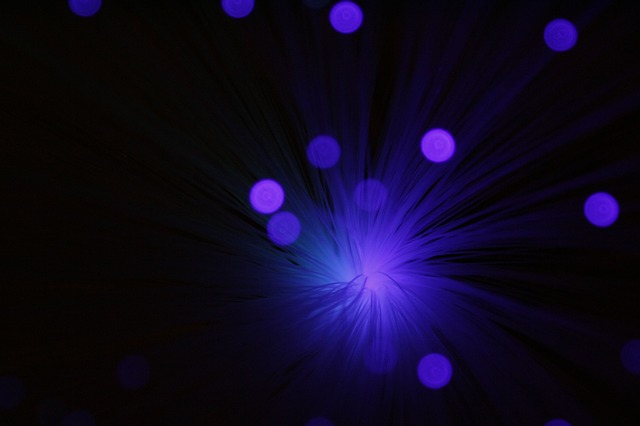This snippet has been extracted from ” Love the House You’re in Paige Riew” Lighting is the deliberate use of light to achieve practical or aesthetic effects. It includes the use of both artificial light sources like lamps and light fixtures, as well as natural illumination by capturing daylight. Painters Washington DC, is the best resort to gain knowledge on this topic.
Light bulbs
Does your light bulb affect how the colors look in your room? Yes, though this can be hard to control. There are two metrics regarding color and light bulbs. The first is the color of the light itself, which is measured in Kelvins. There is a scale from warm to cool. Which is not always demarcated on a box of bulbs. Some manufacturers prefer to print “warm” or “cool” on the package. The other consideration is how the bulb renders color. The color rendering index (CRI) speaks to this. Again this is more often the domain of electrical contractors than consumers, but it’s good to know when you’re talking to an electrical contractor that you are looking for warm light (most of us are) but want to balance relative efficiency and service life. (They will love you for knowing even just a bit of this)

Over-lighting a space is barely possible, but over-brightening it is another story. You don’t want to make a room brighter than is comfortable for your eyes or the ambience you’re trying to create. Lots of recessed lights can make a space too bright, like being inside a big-box retailer store all the time. Dimmer switches give you maximum control and provide a range of choices for any kind of lighting.
My approach to lighting is to provide many different options, even in small rooms like the powder room. My living room has a fireplace, and when it’s just my family and I, the fireplace and a table lamp suffice. However, I have three other light sources in that space if I have a party, or people are eating there, or I just feel like I need more light. There is something strange about sitting in a room with people who are not your intimates, if the room is a bit too dim.
Lighting design depends on trial and error. If you’ve ever worked in the theater, you know that lighting is an art, not a science. It must be manipulated based on what performer is standing where at what time and what mood is being expressed. In your home, think about the who, what when and where for each room when considering all the lighting needs you will have in each space.

Your Turn
Lighting Quiz
If you are struggling with which lights to buy or where to install fixtures in your space, take this quiz.
- What tasks am I doing in this room? Will I need to see something up close? Task lighting comes in many shapes and forms. There are lots of options (wall-or ceiling-mounted fixtures, ceiling or table lamps), and the operative question is, “does the fixture direct light toward what I’m doing?’
- What mood am I creating in this room once the sun goes down? Ambient lighting is typically up-lighting or lighting that fills the room with diffuse light. You need not buy all new fixtures if you are unhappy with the lighting in your space. Consider installing or having a dimmer installed so you can manage the amount of light you get from your fixtures. Consider the range of lightbulbs- compact fluorescents (CFLs) and light- emitting diode (LED) bulbs- with assorted wattages that offer different colors and intensities.
Continue reading on Wall painting



